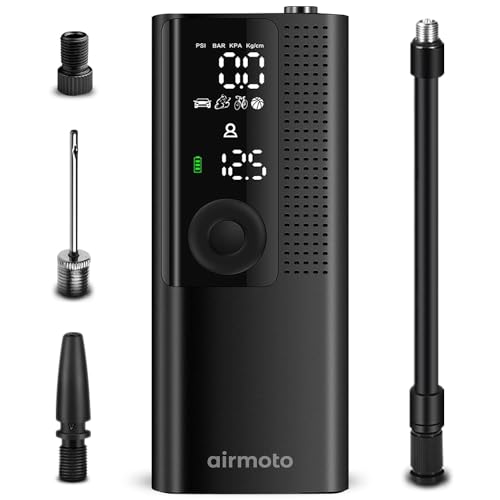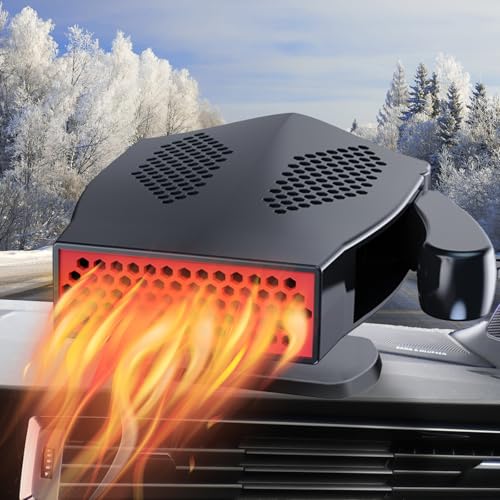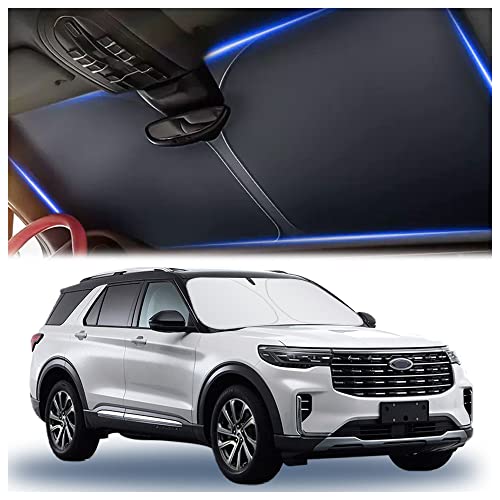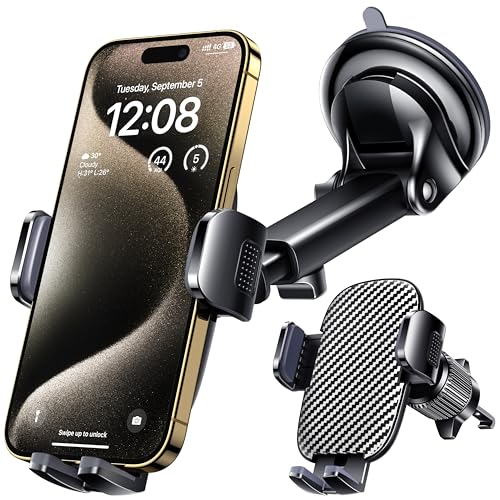Jumping a car with jumper cables is a simple skill everyone should know. It can save you time and money when your battery dies.
Imagine this: you’re late for work, and your car won’t start. A dead battery can be frustrating, but a jump start can get you back on the road quickly. Knowing how to jump a car with jumper cables is an essential skill for any driver.
It’s not only easy to learn, but it also empowers you to handle unexpected situations. By following a few straightforward steps, you can help yourself or someone else in need. This guide will walk you through the process, ensuring you feel confident when faced with a dead battery. Let’s dive in and make sure you’re prepared for this common car issue.
Preparing For A Jumpstart
Getting ready for a jumpstart is important. You want to do it safely and correctly. Follow these steps to ensure a smooth process.
Inspect The Car Battery
First, look at the battery. Check for any damage. Cracks or leaks can be dangerous. If the battery looks swollen, don’t use it.
Next, check the battery terminals. They should be clean and tight. Rust or corrosion may appear on the terminals. If you see any, clean them with a wire brush.
Gather Necessary Tools
Gather all the tools you need. You will need jumper cables. Make sure they are in good condition.
Also, find a working car. The battery must be strong enough to jumpstart your vehicle.
Keep a pair of safety gloves handy. They protect your hands during the process. A flashlight can help if it’s dark outside.
Safety Precautions
Jumping a car can be straightforward, but safety should always come first. Taking a few precautions can prevent accidents and ensure a smooth jump-start. Here are essential safety tips to follow before you reach for those jumper cables.
Check For Hazards
Before you begin, inspect the area around both vehicles. Look for any obstacles, like loose gravel or puddles, that could cause slips or falls. Make sure the vehicles are not parked on a busy street where moving traffic could pose a risk.
Check the condition of the jumper cables too. If they show signs of wear, like frayed wires or broken clamps, consider replacing them. Faulty cables can lead to electrical shorts or even fires.
Lastly, ensure that both vehicles are turned off and in park mode. This step prevents any unexpected movements while you work. A simple oversight here can lead to serious accidents.
Position Vehicles Correctly
Place the vehicles close enough so the jumper cables can reach both batteries, but do not let them touch. A distance of about a foot is ideal. This way, you minimize the risk of damage or short-circuiting.
Always park the working vehicle on the left side of the dead vehicle. This positioning allows for safer access to both batteries, especially if you’re on a sloped surface. You want to make your job as easy and safe as possible.
Keep the hoods of both cars open and secured. This prevents any unexpected closure while you’re connecting the cables. It’s a small step that can save you from a nasty surprise.
Before you start, take a moment to breathe and gather your thoughts. Are you confident in your setup? Ensuring you’ve covered all safety aspects will make the process smoother and more efficient.
Connecting The Jumper Cables
Connecting jumper cables is a crucial step in jump-starting a car. Doing it correctly can save time and prevent damage. Follow these steps carefully to ensure a safe connection.
Identify Positive And Negative Terminals
Each car battery has two terminals: positive and negative. The positive terminal usually has a red cover or a “+” sign. The negative terminal often has a black cover or a “-” sign. Always check the labels on the battery.
Look closely at the terminals. Make sure your hands are dry. Avoid touching both terminals at the same time. This can cause a shock or a spark. Understanding these parts is key to a safe jump-start.
Attach The Cables In The Right Order
Start with the positive cable. Connect one end to the positive terminal of the dead battery. Then, connect the other end to the positive terminal of the working battery. Next, take the negative cable. Connect one end to the negative terminal of the working battery.
Finally, attach the other end to an unpainted metal surface on the dead car. This helps ground the connection. Following this order reduces risks and ensures safety.
Starting The Dead Car
Now it’s time to start the dead car. This process requires careful steps. You need to ensure everything is connected properly before trying to start the vehicle. Let’s break it down into clear steps.
Start The Donor Vehicle
First, start the donor vehicle. This car has a working battery. Turn the key in the ignition. Let the engine run for a few minutes. This helps charge the dead battery.
Keep the donor vehicle running during this time. The longer it runs, the more power it sends. This is important for the next step.
Attempt To Start The Dead Car
Next, try to start the dead car. Turn the key in the ignition. Listen for any sounds. If it starts, great! If not, wait a few minutes and try again.
Check the connections if it doesn’t start. Make sure the cables are tight. Sometimes a loose connection can stop the process. If it still doesn’t work, you may need a new battery.
Removing The Jumper Cables
After successfully jump-starting your car, it’s time to remove the jumper cables. Start by disconnecting the negative cable from the dead battery. Next, take off the positive cable from the same battery. Finally, remove the positive cable from the good battery, followed by the negative cable.
Removing the jumper cables properly is crucial for ensuring safety and preventing damage to your vehicle. Many people rush through this process, but taking your time can save you from complications. Let’s break down the steps to remove the cables effectively.Disconnect Cables In Reverse Order
Start with the negative cable from the vehicle that was jumped. This is important because it minimizes the risk of sparks. Next, remove the positive cable from the same vehicle. Now, move to the vehicle that provided the jump. Again, disconnect the positive cable first, followed by the negative one. This reverse order prevents any accidental short circuits. Remember, following this order is not just a suggestion; it’s a necessary step for safety. Have you ever seen sparks fly when someone disconnected cables incorrectly? It’s a common mistake that can be easily avoided.Avoid Cable Contact During Removal
Be cautious while removing the cables. Ensure that the clamps do not touch each other or any metal parts of either vehicle. Even a brief contact can cause a short circuit, which can damage your car’s electrical system. Hold the cables firmly by the insulated parts. This way, you minimize the chances of accidental contact. If you find that the cables are tangled, take your time to untangle them instead of yanking them apart. Your attention to detail during this step can prevent costly repairs down the line. Have you ever had to deal with an unexpected repair bill? It’s no fun and can be easily avoided with careful handling of jumper cables.Letting The Engine Run
Start the car with the good battery and let it run. Connect the red cable to the positive terminals. Attach the black cable to the negative terminal of the good battery, then to an unpainted metal surface on the dead car.
Wait a few minutes. Try starting the dead car.
Letting the engine run after successfully jumping your car is crucial for ensuring that your battery gets the proper charge it needs. This step helps recharge your battery and allows the alternator to take over. Taking a moment to let the engine idle can make a significant difference in the longevity of your battery and overall vehicle performance.Allow The Car To Idle
After your car starts, keep the engine running for at least 15 to 30 minutes. This gives the alternator time to charge the battery. If you can, drive around instead of just idling in one spot; driving creates more energy for the battery. Consider how frustrating it is to have your car stall again shortly after a jump. By allowing the engine to idle, you can ensure that the battery is adequately charged. Think of it as a little insurance against future problems.Monitor For Unusual Sounds
While the engine is running, pay attention to any strange sounds. Unusual noises can indicate underlying issues that need immediate attention. Listen for clicking, grinding, or any irregular engine noises. If you hear something off, it’s wise to check it out before you hit the road. Ignoring these sounds may lead to more significant problems down the line. Trust your instincts—if something feels or sounds wrong, it probably is. Taking these steps after jumping your car can save you time and hassle later. Are you ready to make sure your vehicle is in top shape?Troubleshooting Issues
Jumping a car can sometimes be tricky. If the car doesn’t start, several issues might be at play. Here are some common problems to check first.
Check Battery Connections
Start by looking at the battery connections. Ensure the cables are tight. Loose cables can prevent a good connection. Check for corrosion on the battery terminals. Clean any corrosion with a wire brush. Ensure the jumper cables are connected correctly. Red goes to positive, black to negative.
If the connections seem fine, check the other car’s battery. A weak battery won’t provide enough power. Try reattaching the cables to make sure they are secure. Sometimes, a little adjustment can make a big difference.
Consider Alternative Problems
If the car still won’t start, other issues may be present. The problem could be with the starter or ignition system. A faulty starter can stop the car from cranking. Listen for clicking sounds when turning the key. This noise suggests a starter issue.
Check the fuses as well. A blown fuse might affect the electrical system. Look for any warning lights on the dashboard. They can signal other problems with the engine or battery.
Sometimes, the issue is not with the battery at all. Fuel problems can also prevent the car from starting. Ensure there is enough fuel in the tank. If the tank is empty, fill it up and try again.
Preventing Future Battery Problems
Taking care of your car battery can save you from troubles. A little effort goes a long way. Here are some simple tips to keep your battery in good shape.
Maintain Battery Health
Regular checks help spot problems early. Look for corrosion on battery terminals. Clean them with a mix of baking soda and water.
Check battery fluid levels. If low, add distilled water. Ensure battery connections are tight and secure.
Consider testing your battery every six months. This can help identify if it needs replacing. Keep an eye on the battery age too. Most batteries last 3 to 5 years.
Carry Essential Tools
Always keep jumper cables in your car. They are vital for emergencies. A portable jump starter is also a great tool. It allows you to jumpstart without another car.
Having gloves and safety glasses is smart. They protect you while working with the battery. Keep a wrench handy for tightening connections.
Check your tools regularly. Make sure they are in good condition. Being prepared can save time and stress on the road.
Conclusion
Jumping a car with jumper cables is a useful skill. It helps you get back on the road quickly. Follow the steps carefully for safety. Remember to connect the cables in the right order. Always ensure both cars are off before you start.
With practice, you can help others too. Keep this guide handy for emergencies. Knowing how to jump a car can save time and stress. Stay safe and drive smart. You’ve got this!

Benjamin Grey is an automotive engineer and writer at Car Parts Advisor. With years of experience in the automotive industry, he shares expert advice on car parts, maintenance, and repairs to help car owners keep their vehicles running smoothly.




